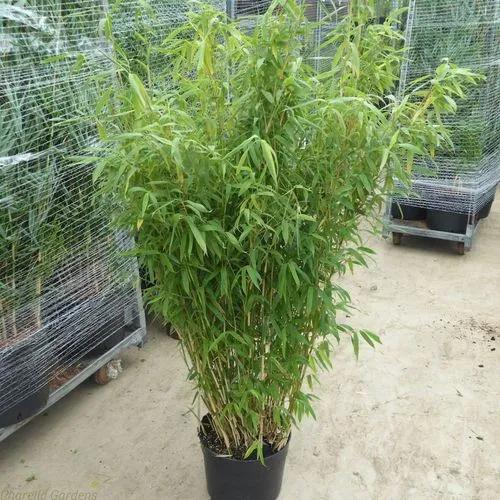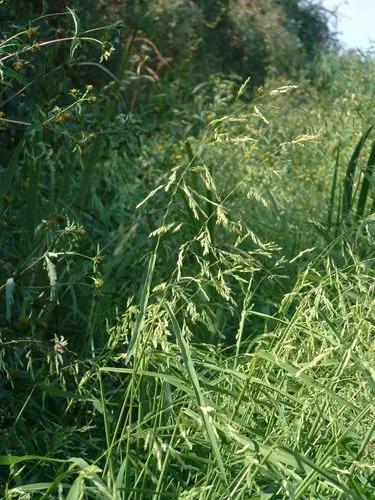Pigweed, in general, covers several different kinds of weeds. A common form of pigweed is prostrate pigweed (Amaranthus blitoides). It is also known as matweed or mat amaranth. This invasive weed has made itself at home in lawns and gardens. Prostrate pigweed grows in a circular form with low-growing stems coming from a central spot so it looks like a spider web. The radial stems are reddish-purple and can grow more than a foot long. The leaves on prostrate pigweed are about a half inch long and are oval shape. The flowers on prostrate pigweed are reddish-green and are not significant. The flowers will produce seeds that look like small black sand grains. The prostrate pigweed spreads through these seeds.
Mat Amaranth Care
Amaranthus Blitoides



What is the plant
It can be invasive in Europe and the US.
How to Care for the Plant

Water

Water them during dry periods, once or twice per week.

Fertilizer

Add a general purpose fertilizer once or twice a season.

Sunlight

Amaranth prefers a warm climate, full sun and well-drained soil
Ease your plant care routine with PlantIn's personalized system.

Soil

Amaranth grows well in a variety of soil types. Generally speaking those soils suitable for growing lettuce, would make a nice place for growing amaranth. Your soil should be finely prepared in order to achieve the proper seed planting depth. Seeds should be planted no more than 1/4 inch deep.

Temperature

Amaranth prefers warm weather.

Popularity

133 people already have this plant 12 people have added this plant to their wishlists
What's wrong with your plant?
Related Plants
Discover more plants with the list below
Popular articles






